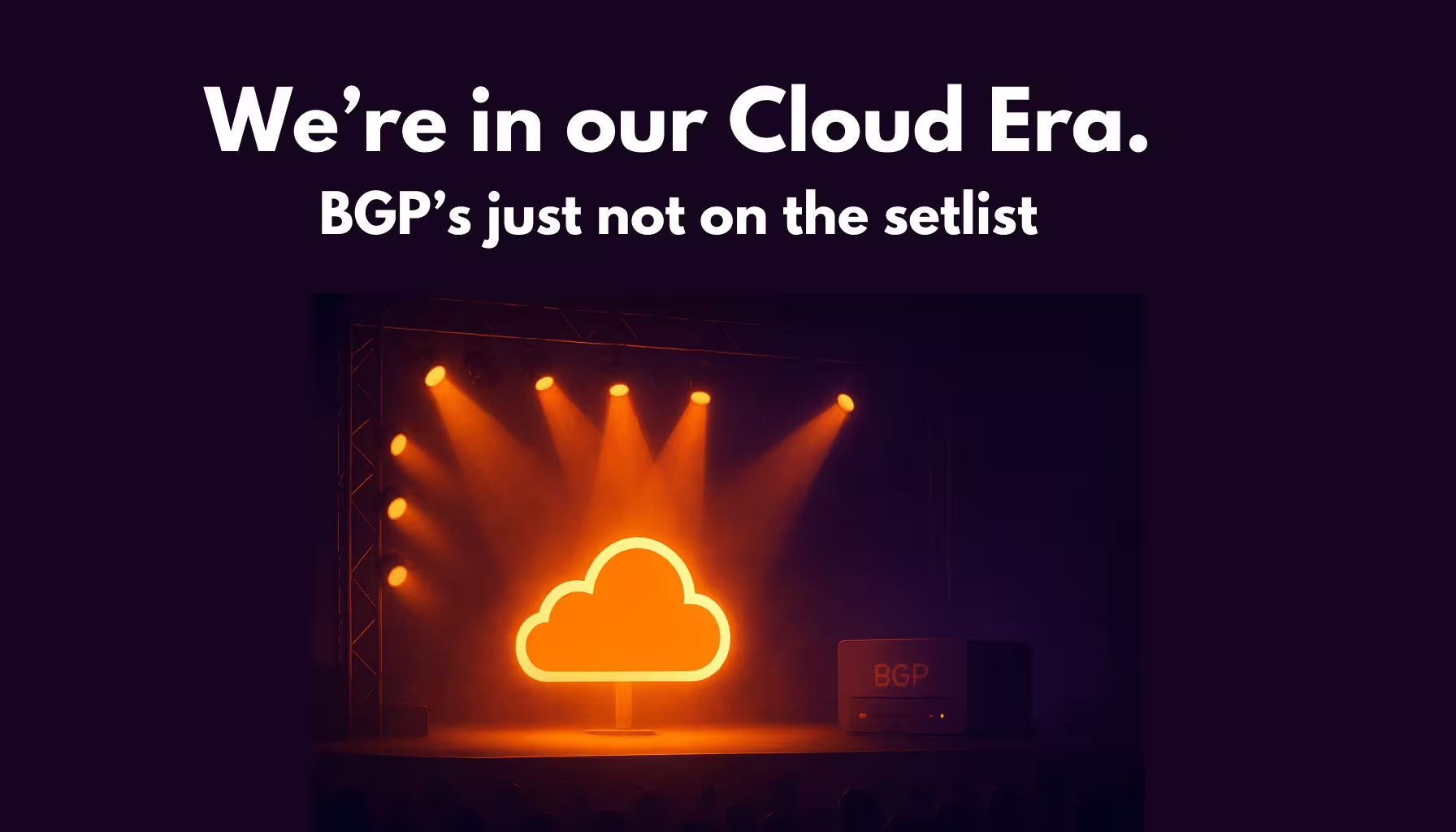
For decades, BGP (Border Gateway Protocol) has served as the foundation for routing data across the internet. But times have changed, and so have the demands of distributed systems, multi-cloud networking, and zero-trust security.
Today’s IT leaders are asking strategic questions:
The answer isn’t technical. The answer is strategic.
In this article, we’ll break down the most common BGP alternatives, compare them across modern use cases, and introduce noBGP: a policy-driven overlay that brings security, performance, and simplicity back into network design.
Before we explore alternatives, let’s revisit what BGP does and what it doesn’t.
BGP is an Exterior Gateway Protocol (EGP), responsible for routing traffic between autonomous systems (AS) on the internet. BGP enables your cloud VPC, on-prem datacenter, or remote office to advertise reachability to the rest of the world.
But engineers didn’t design BGP for:
In short, BGP assumes the internet is mostly static and trustworthy. That’s no longer the case.
The best alternative to BGP depends on your goals.
So yes—there are better options than BGP, depending on the environment. And in many cases, you remove BGP entirely from your private infrastructure.
Open Shortest Path First (OSPF) is a great protocol for intra-domain routing. It falls under IGP (Interior Gateway Protocol), which handles fast, reactive routing within a single organization or network.
Here’s the key difference:
You use OSPF instead of BGP in tightly controlled environments like private datacenter fabrics, but not for internet or hybrid cloud routing.
The distinction is architectural: IGPs handle trust zones. BGP handles border control.
But what if your networks no longer follow these borders?
The challenge of cloud-native architecture: VPCs in AWS, Azure, and GCP aren’t “internal” or “external.” They’re distributed.
SCION (Scalability, Control, and Isolation on Next-generation Networks) is a next-gen internet architecture developers created for secure, source-controlled routing.
SCION is promising, but has limited adoption. It mostly suits research, academia, and highly secure networks where you build infrastructure from scratch.
Unlike SCION, noBGP isn’t a theoretical framework. It’s a deployable solution today allowing your workloads to connect securely without relying on BGP at all.
noBGP replaces route advertisements with explicit, policy-based access between trusted workloads, regardless of location, IP address, or network topology.
noBGP gives you:
As a technical leader, here’s what to consider:
✅ Security: Developers didn’t build BGP for zero trust. noBGP encrypts everything and exposes nothing.
✅ Simplicity: Remove fragile BGP route maps, peering configs, and subnet math.
✅ Control: noBGP gives you deterministic, declarative control over connectivity.
✅ Modern architecture: Move beyond routing. Build based on services, policies, and intent.
BGP is not going away overnight. But you don’t have to build on top of BGP anymore.
Whether you’re asking what is better than BGP, exploring SCION vs BGP, or wondering if OSPF replaces BGP, the truth is: you have alternatives.
And the most practical, cloud-ready, security-first alternative today is noBGP.